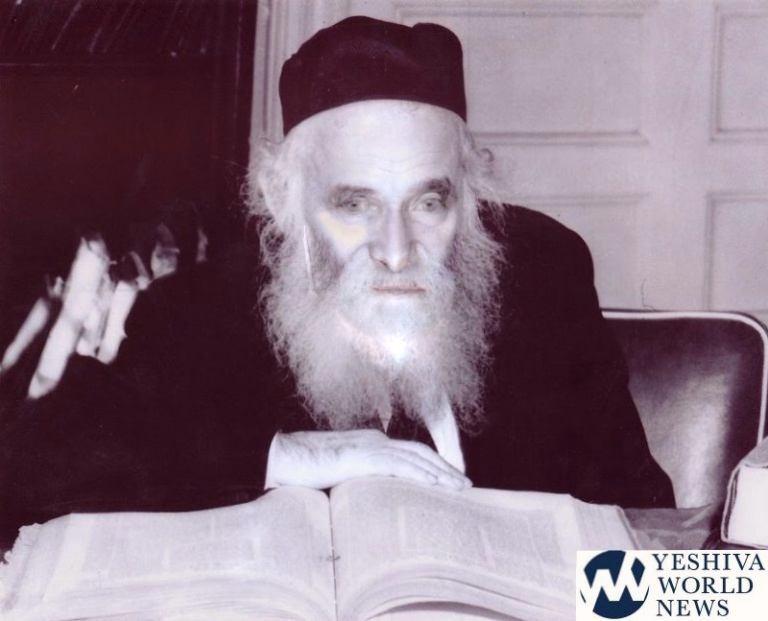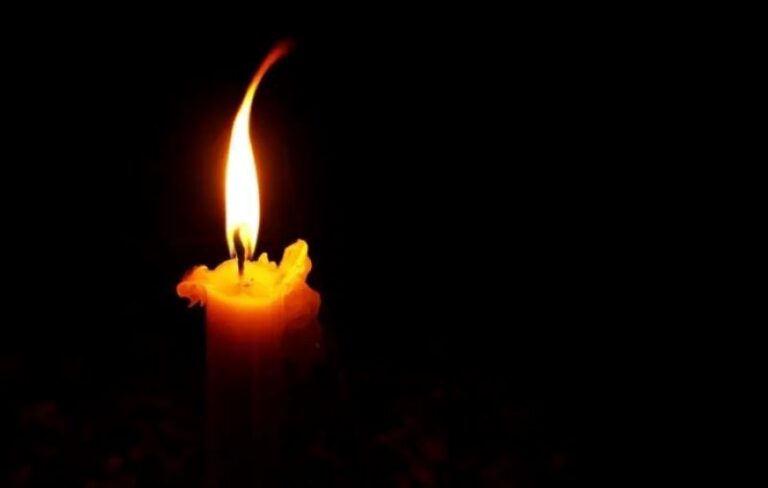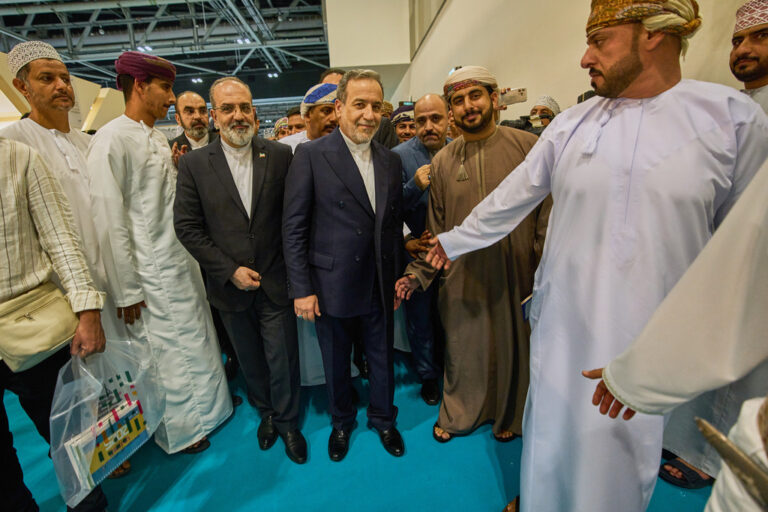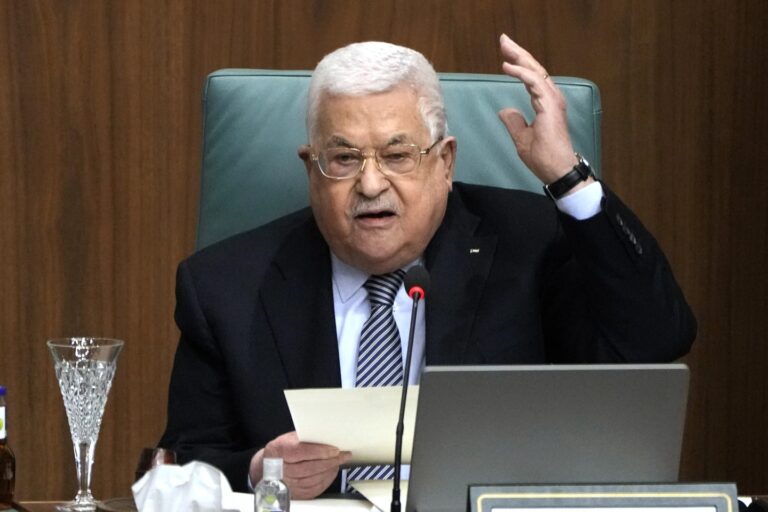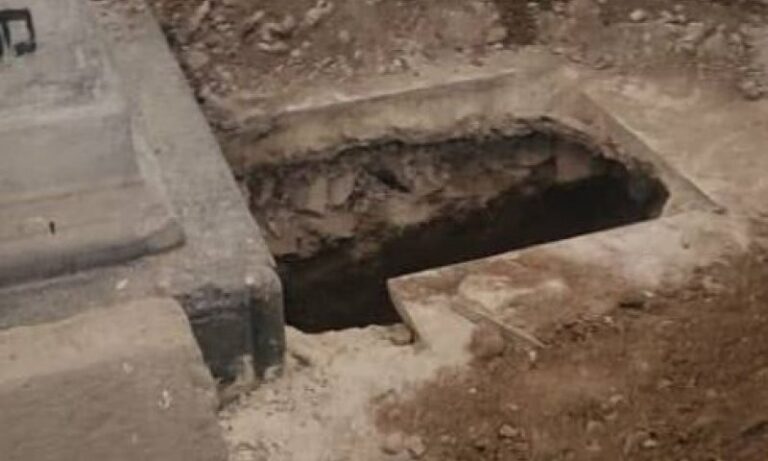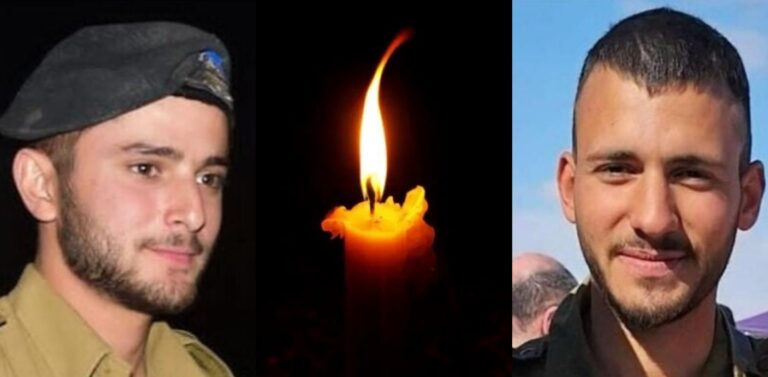By Rabbi Yair Hoffman for 5tjt.com
For a refuah shleima to a R’ Binyomin Zev ben Charna
President Eisenhower needed a working vacation and flew to Denver in mid-August of 1955. The plan was to stay there until October. But on Friday, September 23rd, after a round of golf at the Cherry Hills Golf Club in southern Denver, he returned to the home of his shver and went to bed early.
It was Shabbos Shuvah, and early Shabbos morning, on September 24th, he had severe chest pains. They called his personal doctor. A heart specialist from Fitzsimons Army Hospital was called to perform an EKG. The doctor’s suspicions were confirmed – the president had suffered a massive heart attack. The next day, Erev Yom Kippur, the nation heard the news, but the severity of the heart attack was downplayed.
There was much concern. President Eisenhower had an empowered image as an effective world leader against tyranny. He had won the war against the Nazis, the decision was just made to allow West Germany to rearm and allow them to join NATO, and then there was the Cold War, with Khrushchev about to consolidate his power.
There was another issue as well. The United States was the manufacturing power of the world. China had not yet come onto the world manufacturing team. Many in the United States stood to lose a fortune, because if someone else came to power and the manufacturing contracts between American businessmen were to be cancelled, well, that would be bad news.
That evening, Sunday, September 25th, there was a gvir who davened every Yomim Norai’m with the Yeshiva in Lakewood’s BMG. The next morning, on Yom Kippur, he asked Rav Aharon zt”l whether he could make a Mi sh’bairach for the President. As it turned out, the market lost 14 billion dollars that day. The Dow Jones Industrial Average slid 6.5 percent. Rav Aharon responded that he could recite the Mi sh’bairach. After that, the market did recover and there was a bull market until April of 1956.
There are various heterim to allow the recitation of a Mi sh’bairach for an aino Yehudi, the limitation being lo sechanaim. We see from Parshas Vayeirah that Avrohom Avinu was mispallel for Avimelech, but that was before Matan Torah. One of the heterim is the TaZ in Yoreh De’ah 151 regarding an akum hamakiro. Another heter is for hakaras hatov. A third heter is l’tzorech. A 4th heter is aivah. In this case, heter 3 and 4 certainly applied.
What follows is a brief overview of some of the halachos of reciting a Mi sh’bairach.
- The Aruch HaShulchan (OC 215:1) writes that if we answer Amain to a Mi sh’bairach for a sick person, we fulfill the Torah Mitzvah of V’ahavta laraiyacha kamocha.
- The Mi sh’bairach should be recited out loud so that the Rabbim can answer amain and that it will be counted a tefilas Rabbim.
- The Gemorah in Brachos (7b) states that the meaning of term ais ratzon in the verse, “vaAni, sefilasi, lecha Hashem ais ratzon, is when the tzibbur, the public is davening for someone or something. Rav Shlomo Zalman Auerbach (Halichos Shlomo chapter 8, 22:61) explained that the benefit of having a Tzibbur pray for a person is when they hear who they are davening for and have intent for that person.
- We bless those who are ill and pray for a complete recovery for them in between the aliyos when the sefer Torah is read.
- For a regular Mi sh’bairach for an Aliyah we just mention the Avos. For a choleh, we add the names of Moshe, Aharon, Dovid and Shlomo. The Rav Shulchan Aruch explains that we do this so that we can add a z’chus for them.
- On Shabbos we add the words, Shabbos hi milizok. However, on Rosh haShana and on Yom Kippur we do not add the words Yom Tov hu milizok. The Mateh Efraim (584:25) explains that this is because these are days where we do, in fact, cry out.
- On Yom Kippur and Rosh HaShana we do not add to a cholleh the addition of v’yichtavayhu veyichsmayhu lechayim tovim v’aruchim as we do for the other Mi sh’bayrach’s of the regular yomim nora’im olim. This is presumably because the prayer for refu’ah encompasses life (See Rivevos Efraim Vol. I #404:2).
- When reciting a Mi sh’bairach for a gentile, it should be in a different one, because the words our forefathers “Isaac and Jacob” are inapplicable to him or her (See responsum of Rabbi Moshe Grunwald zt”l [1853-1910], author of the Arugas HaBosem OC Vol. I #33)
- There is a contradiction between to rulings of Rav Chaim Kanievsky zt”l regarding the new minhag that has arisen about avoiding reciting the names of the Choleh and having the people just say the names to themselves while the gabbai pauses for a few seconds. Rav Yitzchok Zilberstein writes in Aleinu l’Shabayach (parshas Matos) that part of the reason why it is said in front of an open sefer Torah is because of the z’chus of the Gabbai. When this author posed the question to Rav Chaim zatzal, he responded that it is fine to do so and it helps limit bitul Torah. It could be that there may be a difference whether it is a learning shul or a regular shul.
- There is a debate among the Poskim whether the Mi sh’bairach that can be recited for Cholim on Shabbos is limited to those who are dangerously ill or even for those who are just ill but not dangerously so. Some hold that if it will make the person who requested that it be said feel better, then it would be permitted.
- ***** IF YOU CAN, PLEASE TRY TO DONATE TO THE HACHNASSAS KALLAH GENERAL FUND THAT HELPS AT THE LINK BELOW**********Please donate to the Hachnassas Kallah general fund ****IT IS THE FUND THAT RABBI YAIR HOFFMAN WORKS WITH THAT HELPS NEEDY KALLAHS****
The author can be reached at [email protected]

